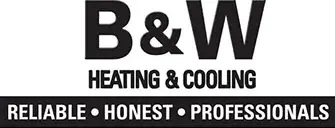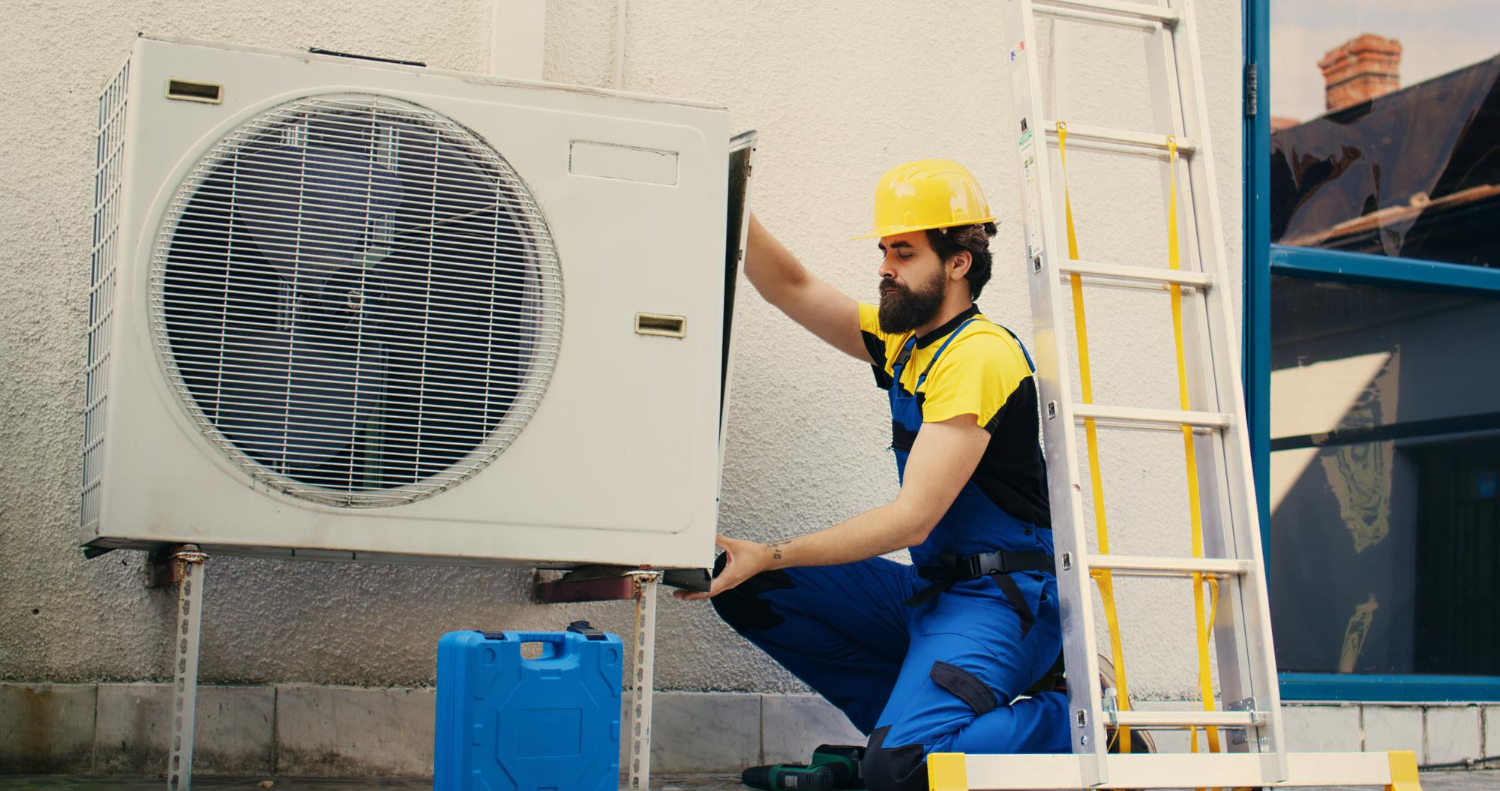When your heat pump stops cooling or heating the way it should in the middle of a Bethalto summer, it’s frustrating. A common issue that can cause this is a faulty reversing valve. This small but critical part is responsible for flipping the direction of refrigerant flow, which allows your heat pump to switch between cooling and heating. When it fails, you may notice your home staying too warm, no matter how low you set the thermostat.
Understanding what causes reversing valve problems and how to spot them early can help you keep your heat pump running smoothly. Whether it’s stuck in one mode or not switching at all, diagnosing these problems quickly is important to protect your comfort and prevent further damage to your system.
Understanding the Reversing Valve
The reversing valve is one of the main components that allows heat pumps to shift from heating to cooling. It does this by changing the direction of the refrigerant inside the system. In cooling mode, the valve directs refrigerant to absorb heat from your home’s air and push it outside. In heating mode, it reverses the flow so the refrigerant absorbs outdoor heat and delivers it indoors. This switch should be seamless if your system is working properly.
When the reversing valve isn’t working right, the system might lock into just one mode. In Bethalto’s hot months, that usually means your heat pump is blowing warm air when you want cool, which can be a major issue when temperatures rise.
Here are some common symptoms of a reversing valve problem:
– The heat pump blows warm air during summer cooling.
– The unit gets stuck in either cooling or heating mode and won’t switch.
– There’s a delay or no response when changing settings on the thermostat.
– Unusual hissing or clicking noises coming from the outdoor unit when it tries to switch modes.
In some cases, the issue can seem similar to a thermostat malfunction or another minor problem, but the root cause may be deeper within the reversing valve. Ignoring these signs can make your heat pump work harder than it should, raising energy bills and stressing important components.
If your heat pump is struggling to keep your home comfortable no matter what settings you try, a stuck or malfunctioning reversing valve could be the reason.
Diagnosing Reversing Valve Issues
Finding the actual problem with a reversing valve takes more than just guessing based on what your heat pump is doing. Many symptoms can overlap with other common HVAC issues, which is why homeowners often need help from our professionals for a complete diagnosis.
There are a few signs that strongly indicate a reversing valve malfunction:
1. Mode lock: If your system only cools or only heats no matter the setting, that’s a clear sign something is wrong.
2. Constant running: A faulty valve can cause the system to run longer than it should without reaching the right temperature.
3. Pressure imbalance: Abnormal pressure readings in the refrigerant lines often point to reversing valve failure.
These problems might be linked to a few different issues, such as:
– Electrical failure in the solenoid that controls the valve.
– Refrigerant leaks disrupting pressure balance.
– Wear and tear from age or poor maintenance.
There isn’t a simple or safe test a homeowner can do to confirm a reversing valve problem. Even with visible signs, it takes proper tools and knowledge to find out if the valve is stuck, leaking, or no longer functioning.
Our technicians use pressure gauges, multimeters, and other diagnostic tools to test performance, read electrical outputs, and inspect internal components. Correct diagnosis is key to fixing the issue without replacing parts unnecessarily.
Effective Solutions to Reversing Valve Problems
Once a reversing valve issue is confirmed, the next step is finding the best way to fix it. Some homeowners may assume it’s just a settings problem, but reversing valve repairs often need trained professionals and parts replacement. Attempting to fix it without proper tools or training may lead to more significant damage or refrigerant leaks, which are both risky and expensive.
Here are a few things to double-check before calling our technicians:
– Make sure the thermostat is on the correct setting (cool or heat).
– Note if odd sounds occur when changing modes.
– Watch for warm air when the system should be cooling.
– Look for frost or ice on the outdoor coil after changing settings.
If these signs appear and the system still doesn’t cool or heat properly, it’s likely that the reversing valve or a related component is at fault.
Fixing this issue might involve:
– Replacing the solenoid coil if the fault is electrical.
– Recharging refrigerant and fixing any leaks affecting valve performance.
– Replacing the full valve if it’s damaged or stuck beyond repair.
Acting quickly is important. A stuck valve puts excess strain on your heat pump and can cause other parts to overheat or fail. If you’ve noticed performance problems for more than a day or two and the system still does not cool, the valve should be checked to prevent deeper damage or full system failure.
Avoiding Future Reversing Valve Problems
Some reversing valve issues happen naturally over time due to wear and tear, but many can be avoided with routine care. Proper maintenance and consistent operation reduce strain on components like the reversing valve and keep your system working efficiently during Bethalto’s hot season.
Here are some ways to avoid future reversing valve problems:
– Schedule routine professional maintenance at least once a year.
– Keep your thermostat settings stable and switch between modes gradually.
– Ensure the outdoor unit is clean and free of dirt, leaves, or debris.
– Watch for early changes in air temperature or cycling patterns and address them right away.
Homeowners who stay alert to small performance changes are more likely to avoid major breakdowns. For example, a clicking sound when changing modes might not seem like much, but it can signal an electrical problem in the solenoid. When caught early, that repair may be minor and fast. Left alone, it can result in bigger valve or compressor issues.
Routine inspections keep smaller issues from growing and ensure every part, including the reversing valve, gets the attention it needs to keep operating dependably.
Keeping Your Heat Pump Efficient in Bethalto
During the middle of summer, the last thing you want is an AC system that can’t keep up with the heat. A working reversing valve is key to keeping your heat pump cooling the way it should. If it fails or starts wearing down, every part of your system has to work harder, which leads to higher energy use and more frequent repairs.
Bethalto homeowners who treat strange noises, uneven cooling, or thermostat lag seriously tend to avoid the worst outcomes. It’s usually the little signs—warm air blowing during cooling mode, long running cycles, or difficulty switching from one mode to another—that let you know something’s about to go wrong. Recognizing those early reduces the risk of a larger breakdown.
Regular system checks help extend the life of your heat pump and keep reversing valve problems from catching you off guard. If you haven’t had your system inspected recently but notice any of the warning signs above, it’s time to have it looked at before hotter days roll in. Making the right call early keeps your home cool and your summer stress-free.
If you notice any signs of a reversing valve issue affecting your AC system, remember that prompt action can make all the difference in maintaining a comfortable home environment during Bethalto’s hot summer days. B & W Heating and Cooling, Inc understands that proper upkeep is essential, and our professionals are ready to help with heat pump repair in Bethalto and other related AC services. For a quick estimate or to schedule a service visit, please contact us today.

